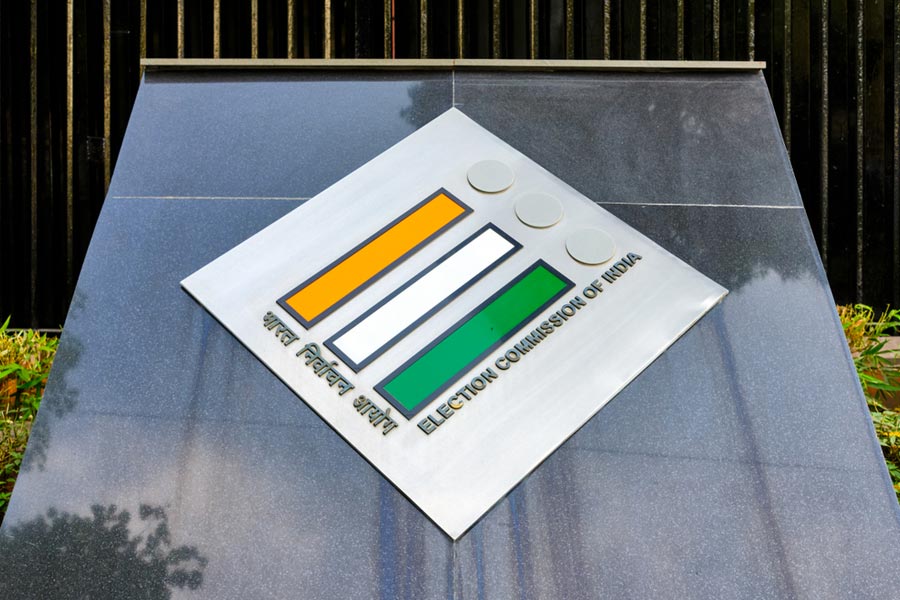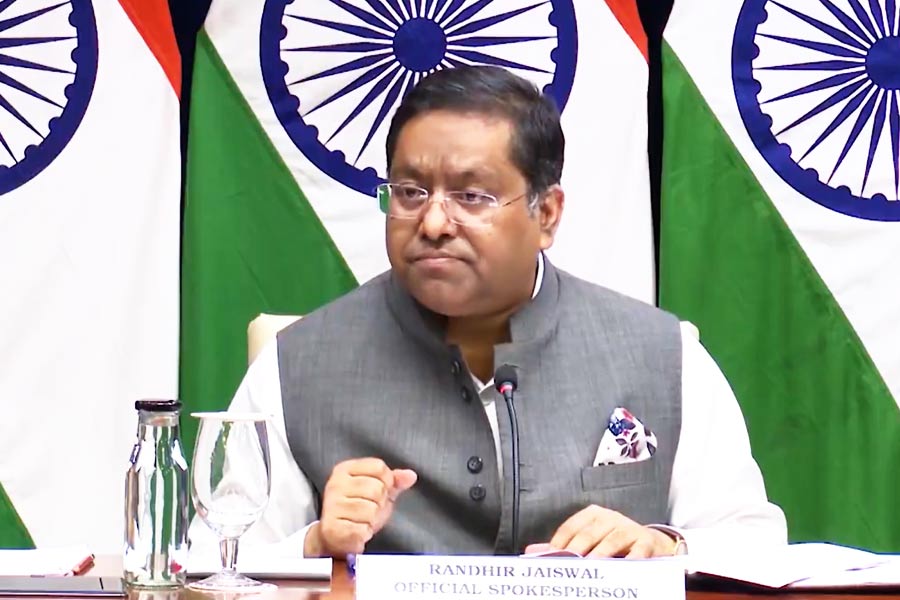 |
Bangalore, Feb. 1: A key antenna in India, part of a worldwide network measuring the shift in the earth’s landmass, has been stolen and police fear it might have been sold as scrap.
The 5-foot-high GPS-enabled antenna was reported missing from the Indian Institute of Science (IISc) in Bangalore on January 5, sources said.
“I’m shell-shocked... is this the way we safeguard sensitive scientific instrumentation?” said Vinod Gaur, a senior geophysicist in Bangalore who had helped set up the instrument on the IISc campus over 13 years ago.
Data relayed by the equipment had helped scientists calculate that the Indian landmass moved at the rate of 5cm a year — pressure that has pushed up the Himalayas for millions of years.
Isro’s Master Control Facility in Hassan, 200km south-west of Bangalore, would receive data from the antenna and in turn send it to a pool maintained by the International Global Positioning System Society.
The instrument is one of a network of 40 worldwide engaged in real time processing of ground position data using satellites. Scientists say it was a reference instrument that allowed other stations in India to conduct high accuracy measurements of continental plate movements.
“This has crippled GPS-based tracking of deformation and movement of continental plates,” said Sridevi Jade, a scientist at the Centre for Mathematical Modelling and Computer Simulation, Bangalore. Many research groups across India studying plate movements, including some in the Northeast, will be unable to conduct high accuracy measurements, she said.
Scientists attached to her centre, a CSIR entity that monitored data from the antenna, were the first to detect the theft.
On January 5, the scientists did not receive signals and went to check. The antenna that was located in possibly the most secure spot on IISc’s 300-acre main campus — the walled swimming pool enclosure, which can be accessed only by staff and students — was missing.
Police teams are quietly scouring scrap dealers in the city as they suspect the antenna, installed at a cost of Rs 1 lakh in 1994, has been stolen for its metal. Titanium rings used in rocket tanks were stolen from Isro’s satellite centre in Bangalore four years ago and later found with a scrap dealer. The thieves had then entered through a sewer line.
Deputy commissioner of police B.N.S. Reddy confirmed the IISc theft. “A police complaint was lodged on January 5 evening, but the IISc people are strangely silent on what exactly the stolen equipment was used for…. As they told us it also contained copper, we are investigating whether it was stolen by some miscreants to sell it as scrap.”
IISc, which is celebrating its centenary, is worried because both the main campus and the swimming pool enclosure within it are walled and have security guards manning the gates. The antenna was installed on a grass patch by the pool.
“One needs a key to enter the enclosure during non-swimming hours. It is also possible to jump over the high walls, but the 32kg equipment is not easy to yank off alone. It could be the work of two or more miscreants who would have had to heave it over the wall. Still, they would have to walk through a wooded area and climb the main compound wall again as all gates are manned 24/7 by securitymen,” police said.
IISc director P. Balaraman was not available for comment.
Security on the campus was tightened after a militant attack in December 2005, when an IIT Delhi professor was killed by a gunman.
Sources said the theft was a loss of face for the premier science institute.
“It is the only antenna contributing to such data from India. We do not wish to comment on it. We have already lodged a police complaint and informed the co-ordination committee of the international society,” a source said.
On January 10, the committee sent out an advisory to its centres across the globe that the Indian site would not be sending any data till further notice. The antenna had been relaying data on the movement of the Indian plate that is pushing into the Eurasian plate.
Each ground antenna involved in the effort simultaneously sends out signals to four satellites to help determine its precise position on the earth. By measuring the distances between antennas across the world, geologists can monitor tectonic plate movements.
Twenty satellites, a part of the US department of defence’s NavStar system, are involved.
With inputs from G.S. Mudur










